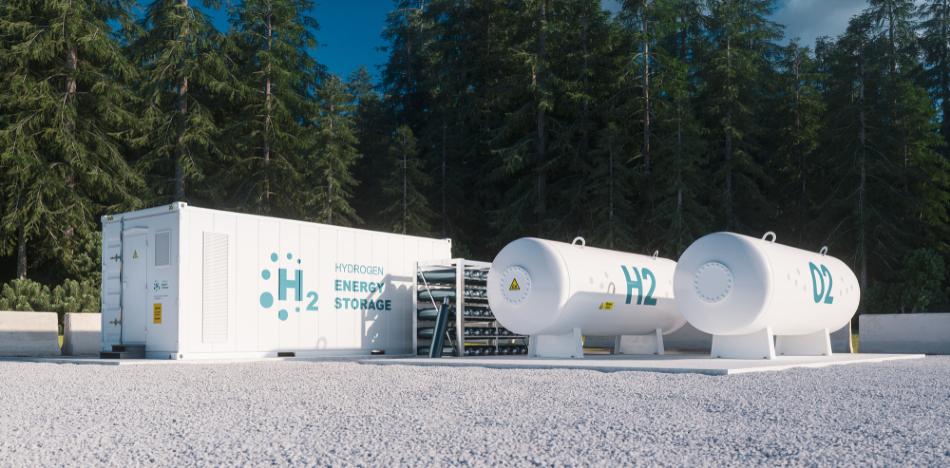Aug 25 2020
There are approximately one billion trucks and cars traveling on the world’s roads, but only a few of these vehicles actually run on hydrogen.

Image Credit: petrmalinak/Shuttertock.com
But this scenario may change after a major breakthrough by scientists from the University of Copenhagen. The team has created a novel catalyst that can be used to create vehicles powered by more affordable and much more sustainable hydrogen.
Hydrogen-powered vehicles are rarely seen on roadways. This is partially because they depend on a huge quantity of platinum—around 50 g—to act as a catalyst in their fuel cells. Generally, approximately 5 g of this rare and precious material is required by vehicles. A total of 100 tons of platinum are extracted every year in South Africa.
The team from the Department of Chemistry at the University of Copenhagen has now created a novel catalyst that requires only a fraction of platinum.
We have developed a catalyst which, in the laboratory, only needs a fraction of the amount of platinum that current hydrogen fuel cells for cars do. We are approaching the same amount of platinum as needed for a conventional vehicle. At the same time, the new catalyst is much more stable than the catalysts deployed in today’s hydrogen powered vehicles.
Matthias Arenz, Professor, Department of Chemistry, University of Copenhagen
A Paradigm Shift for Hydrogen Vehicles
Rare materials can help develop sustainable technologies, which are usually hampered because of the limited availability of such materials. This consequently reduces scalability. Because of this present limitation, the world’s vehicles cannot just be substituted with hydrogen models instantly. But now, the novel technology could well be a game-changer.
The new catalyst can make it possible to roll out hydrogen vehicles on a vastly greater scale than could have ever been achieved in the past.
Jan Rossmeisl, Professor and Center Leader, Center for High Entropy Alloy Catalysis, Department of Chemistry, University of Copenhagen
The novel catalyst considerably enhances fuel cells by allowing scientists to create more horsepower for every gram of platinum. As a result, the development of hydrogen fuel cell vehicles becomes more sustainable.
More Durable, Less Platinum
Since only the surface of a catalyst remains active, an unlimited number of platinum atoms are required to coat it. Moreover, a catalyst should last for a long time, but this also presents a problem. To gain a maximum surface area, present-day catalysts are built on platinum-nano-particles that are coated over carbon.
Regrettably, catalysts are made unstable by carbon. The novel catalyst does not contain carbon, which makes it very unique.
Rather than using nano-particles, the team has created a web of nanowires exhibiting high durability and a large surface area.
“With this breakthrough, the notion of hydrogen vehicles becoming commonplace has become more realistic. It allows them to become cheaper, more sustainable and more durable,” added Jan Rossmeisl.
Dialogue with the Automotive Industry
The team has now planned to scale up the results, so that the new technology can be used in hydrogen-powered vehicles.
We are in talks with the automotive industry about how this breakthrough can be rolled out in practice. So, things look quite promising.
Matthias Arenz, Professor, Department of Chemistry, University of Copenhagen
The study results were recently published in the Nature Materials journal, one of the top scientific journals dedicated to materials research. This is the first-of-its-kind study, where each research member at the basic research center, “Center for High Entropy Alloy Catalysis (CHEAC),” has teamed up.
The Danish National Research Foundation supports the so-called Center of Excellence.
“At the center, we develop new catalyst materials to create sustainable chemicals and fuels that help society make the chemical industry greener. That it is now possible to scale up the production of hydrogen vehicles, and in a sustainable way, is a major step forward,” concluded Jan Rossmeisl.